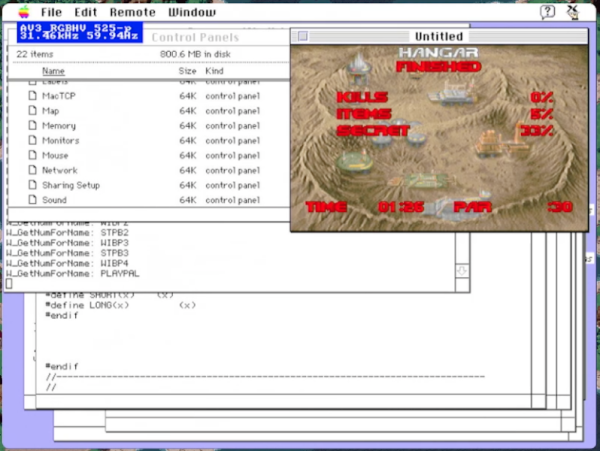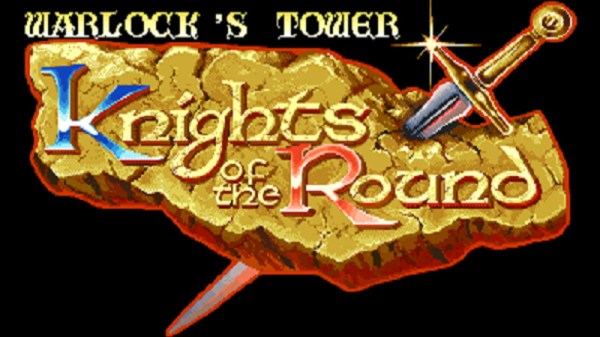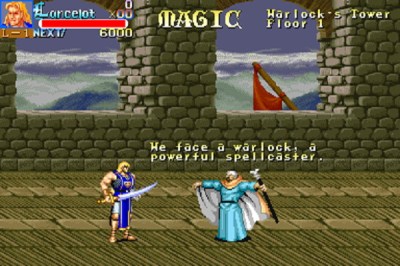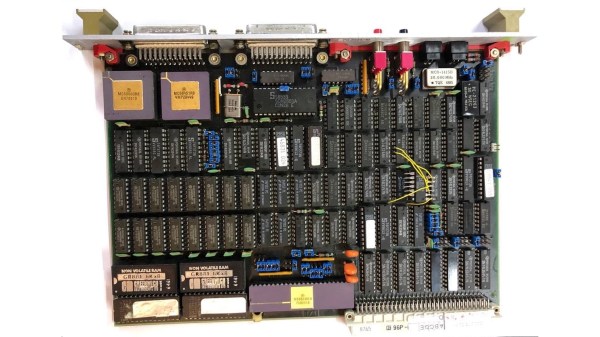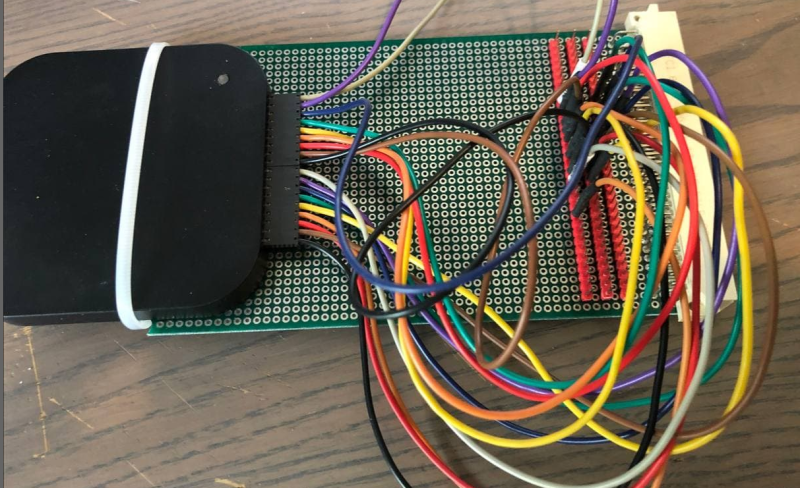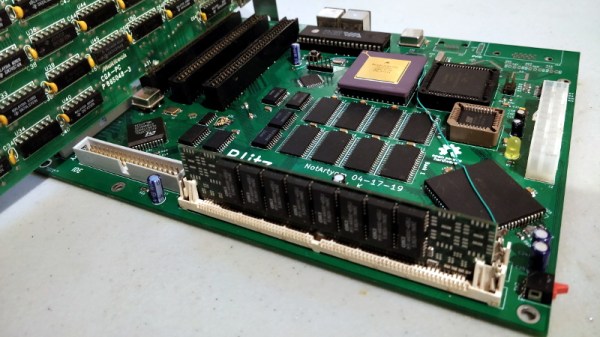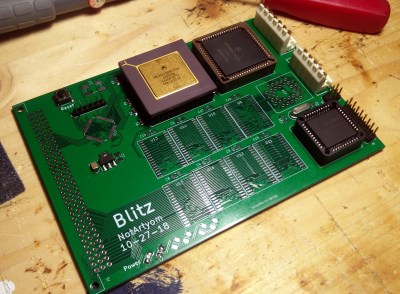Using a disk drive today is trivial. But back “in the day,” it was fairly complex both because the drives were simple and the CPUs were not powerful by today’s standards. [Thomas] has been working on a 68000 Mac emulator and found that low-level floppy information was scattered in different places. So he’s gathered it all for us in one place.
Low-level disk access has a lot of subtle details. For example, the Mac calibrates its speed control on boot. If your emulated drive just sets the correct speed and doesn’t respond to changes during calibration, the system will detect that as an error. Other details about spinning disks include the fact that inner tracks are shorter than outer track and may require denser recordings. Laying out sectors can also be tricky since you will lose performance if you, for example, read sector one and then miss sector two and have to wait for it to come back around. Disk sectors are often staggered for this reason.
Adding to the complexity is the controller — the IWM or Integrated Woz Machine — which has an odd scheme for memory mapping I/O. You should only access the odd bytes of the memory-mapped I/O. The details are all in the post.
In a way, we don’t miss these days, but in other ways, we do. It wasn’t that long ago that floppies were king. Now it is a race to preserve the data on them while you still can.



